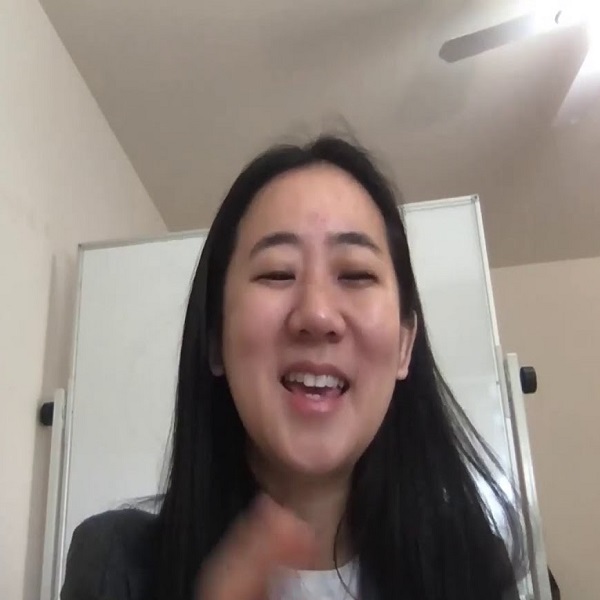In recent decades, medical and biological science have advanced by leaps and bounds using technologies that allow us to peer into the brain in myriad new and insightful ways — MRI, CT, PET, EEG, etc.
However, Stanford electrical engineer Jin Hyung Lee says, we are still missing critical insights that could lead to a cure for currently incurable brain diseases like Alzheimer’s, Parkinson’s, epilepsy and others.
Even in diagnosis, we still rely on “diagnosis of exclusion,” where tests are used to exclude other conditions that are relatively easy to identify, such as a tumor. However, there is still no way, for instance, to directly test why one’s memory is failing or why motor functions decline and lead to tremors.
Lee’s approach is to directly identify the brain’s underlying algorithms and to enable quantitative diagnosis of its malfunctions in order to design approaches to cure brain diseases. She employs optogenetic MRI and various measurement tools at different scales, which she then uses to reconstruct the algorithms of brain function using artificial intelligence. Lee defines healthy circuitry and function, which in turn allows identification of the characteristics of dysfunction. Her approach has put Lee on the cusp of new understanding and new treatments for epilepsy, for instance, as she tells Stanford Engineering’s The Future of Everything podcast
Source: engineering.stanford










